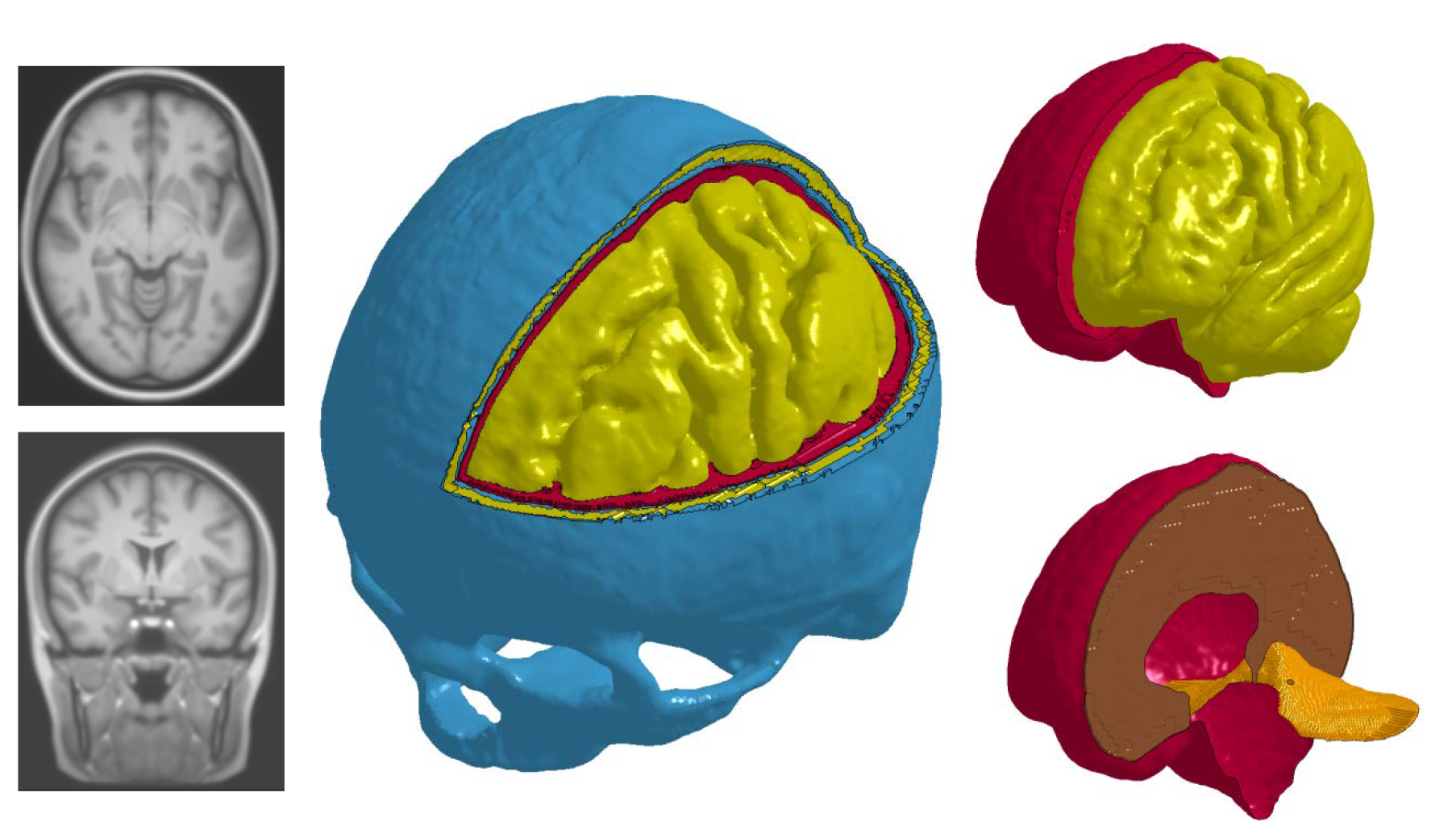The aging brain
Given the over-representation of the elderly in head injury statistics, such models need to be used urgently for improved and age adapted protection.

This project will adapt a state-of-the-art head model to reflect age-related differences in the human brain including geometric details and mechanical representation of the non-linear, poroelastic, anisotropic and viscoelastic constitutive models for the brain and membranes. Patient specific models will be generated automatically from elderly healthy patients with identified brain atrophy and thereafter the output from realistic impacts will be compared with similarly sized models without atrophy.
This project will create individual specific injury prediction models that can be used for safer interpretation of the mechanisms associated with trauma of elderly and ultimately lead to accident reconstructions based on patient-specific data. This will be the first time that detailed head injury prevention tools will be developed specifically for elderly people.
It is intended that the results of this project will be applicable in the product development process of e.g., helmets specially marketed for the elderly.
This PhD project is part of a Marie Skłodowska-Curie Innovation Training Network (European Union’s Horizon 2020 grant agreement No. 642662) HEADS (Head protection: a European training network for Advanced Designs in Safety)
Contacts
In collaboration with:
HEADS is a consortium with six partners, three industry and three academic, across five countries, who are already involved in EU COST Actions and CEN, ASTM and ISO Standards activities in working towards new helmet standards incorporating oblique impacts: KU Leuven (Belgium), KTH (Sweden), University College Dublin (Ireland), Charles Owen (UK), AGV (Italy) and Lazer Sport (Belgium).
